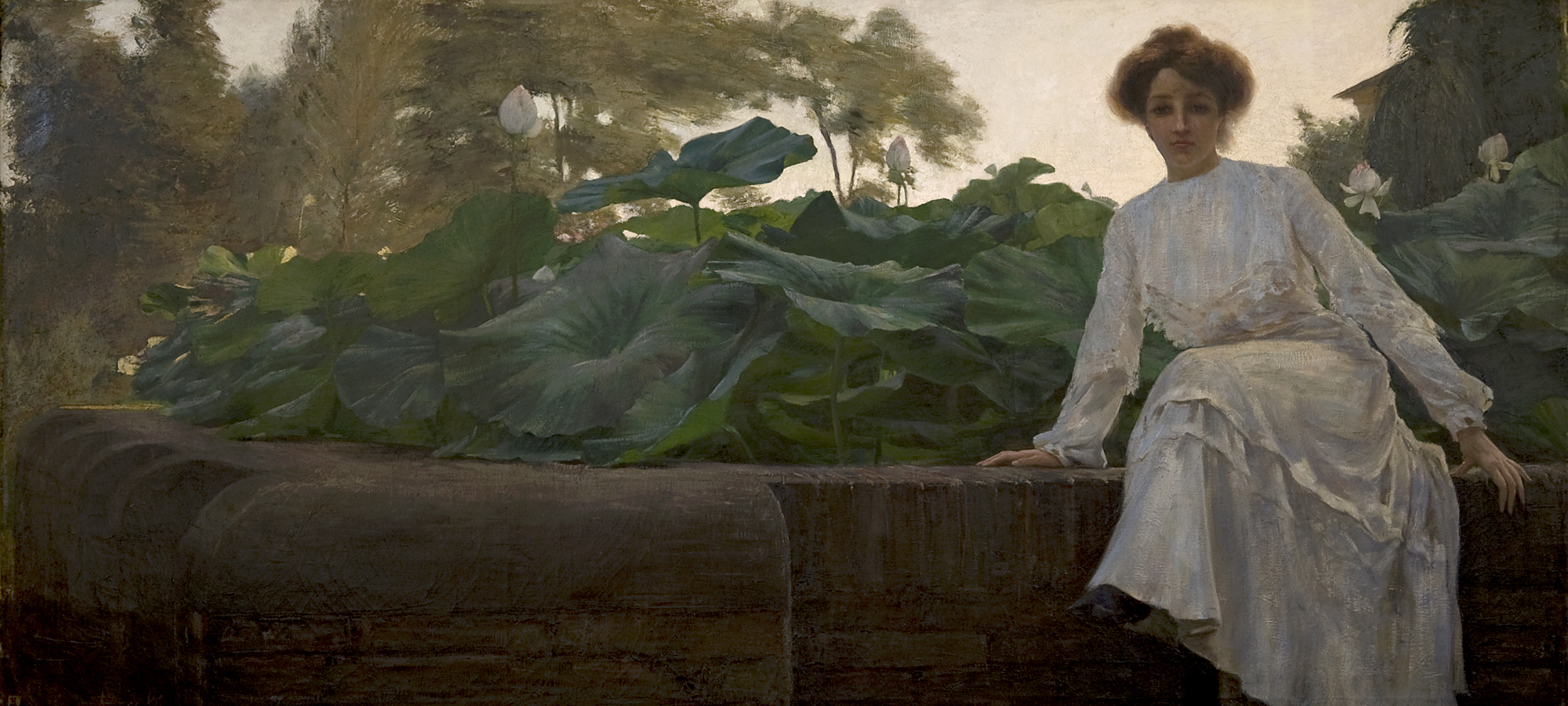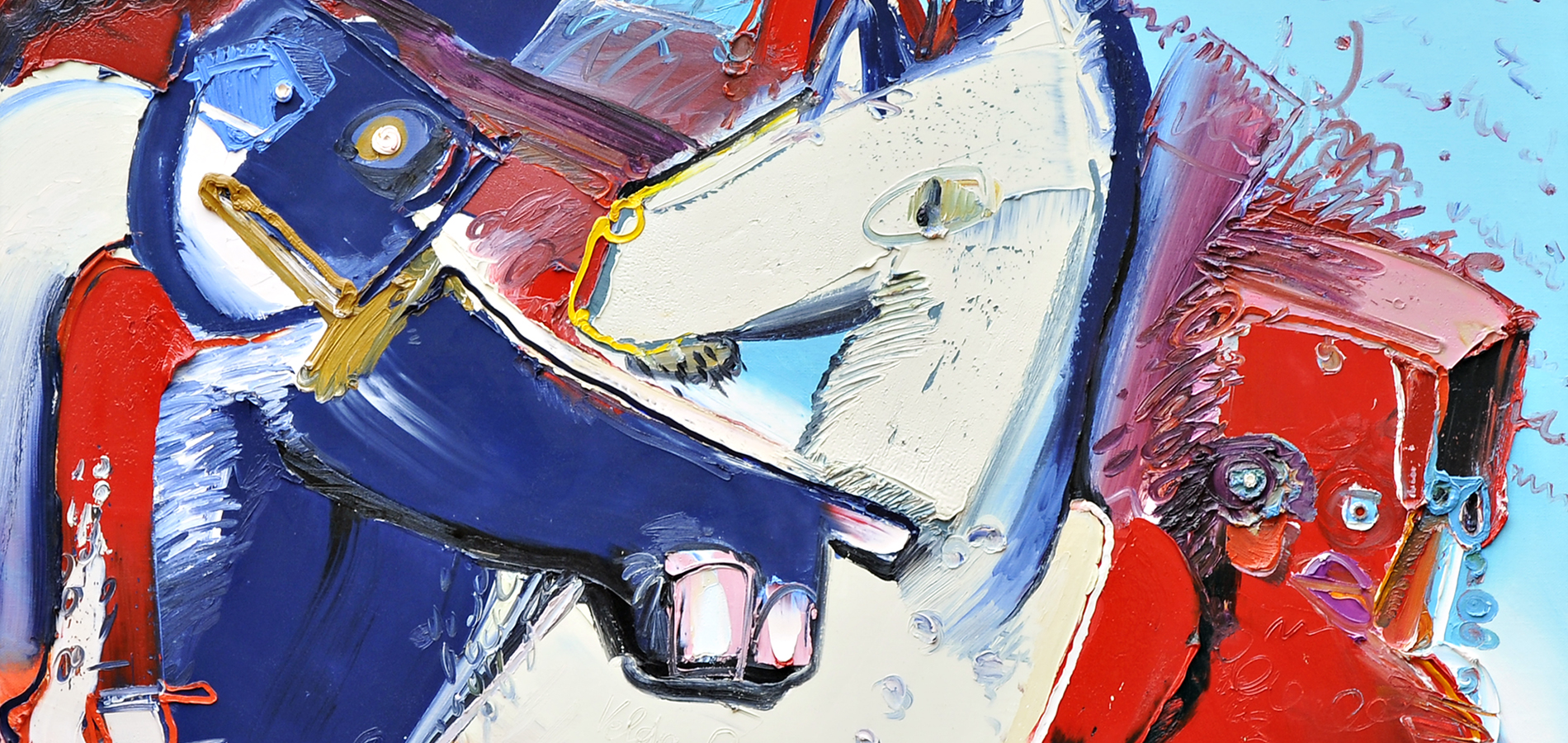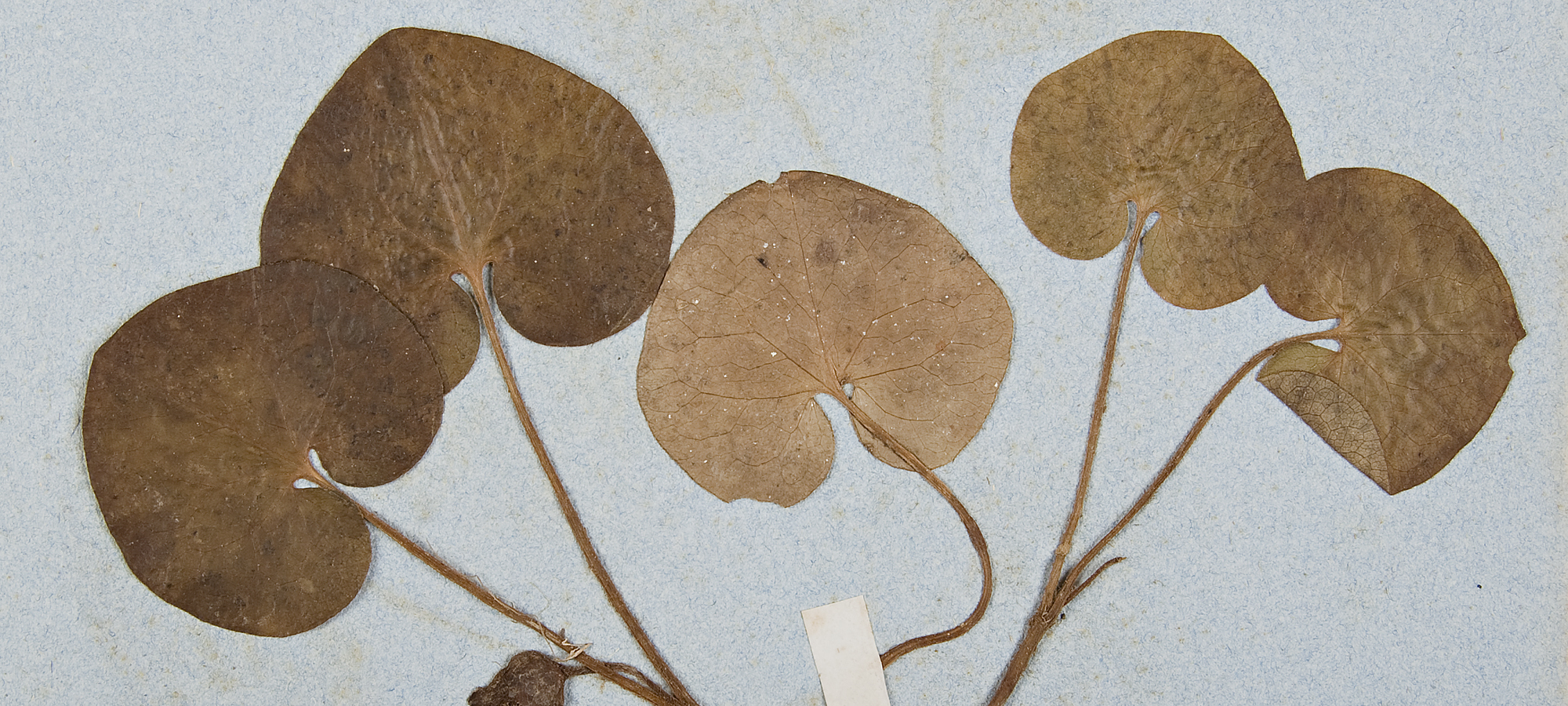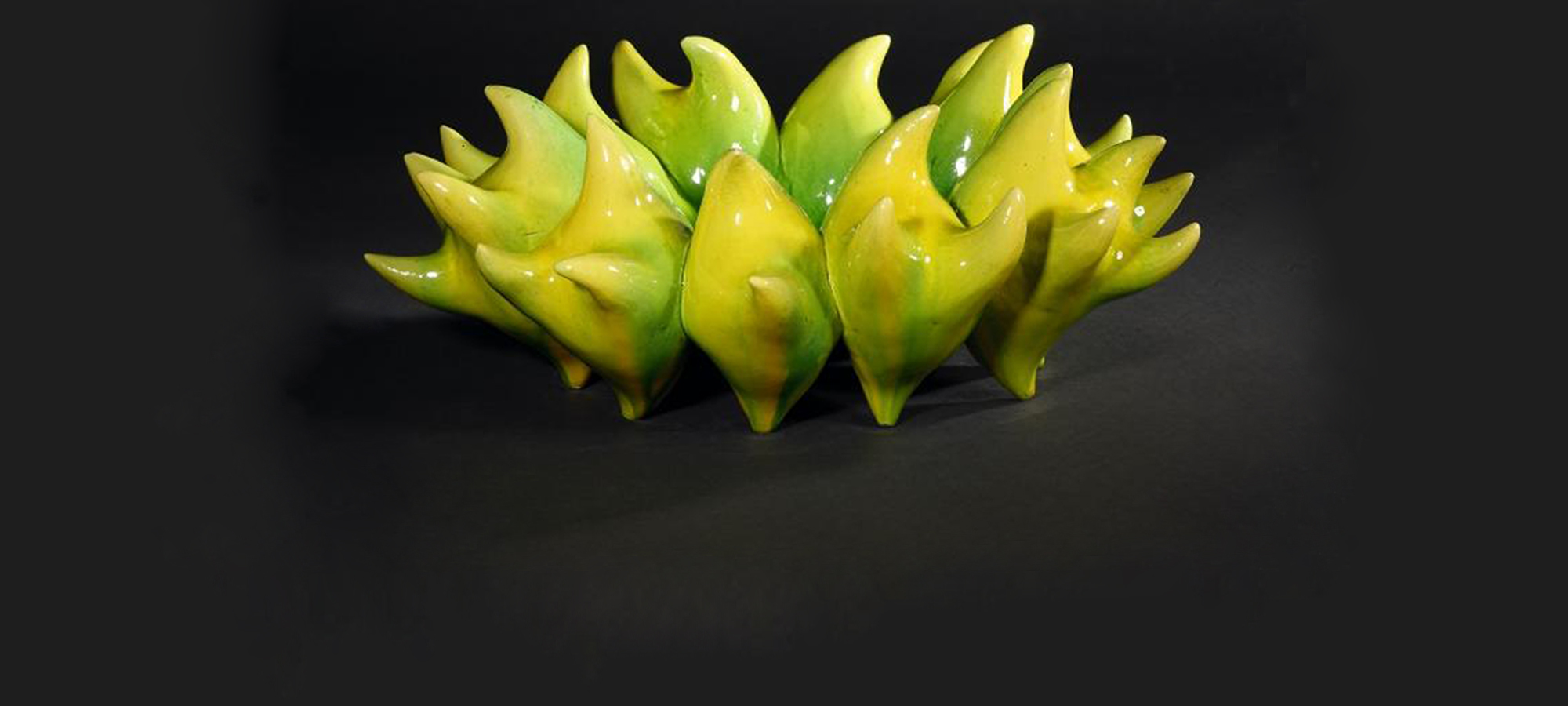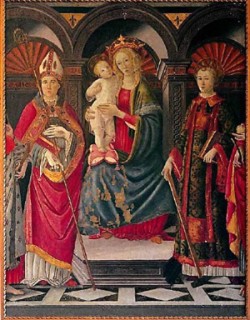Museo d'Arte Sacra
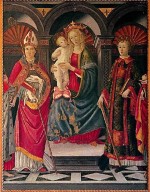
Biblioteca
Fototeca
Sala per attività didattiche
Sala proiezione-conferenze
Book-shop
Punto informazioni
Marchi A., Studi Montefeltrani, San Leo, Editrice società di studi storici per il Montefeltro, 1987.
San Leo (RN)
Arte sacra
Lapidaria
Il secondo ambiente è detto Sala del tabernacolo per la grande opera lignea, proveniente dal convento francescano di Sant'Igne che, con i suoi raffinati intagli e dipinti, costituisce uno dei manufatti più singolari del Rinascimento nel Montefeltro. Al periodo più rappresentato, il Seicento, è dedicata la terza sala. Qui vengono esposte numerose opere pittoriche, dovute in gran parte alle disposizioni liturgiche del Concilio di Trento, che prevedevano un rinnovamento degli edifici ecclesiastici sia negli arredi che nelle immagini. Tra le opere spiccano la Santa Rita da Cascia di Giovan Francesco Guerrieri (1636) e la Deposizione di Giovan Francesco Barbieri (XVII sec).
L'ultimo vano, la Sala dei Paliotti in Scagliola, è dedicato ai rivestimenti liturgici per altare, i paliotti appunto, che ornavano gli altari delle chiese medievali leonine.
Il Deposito, spazio un tempo adibito alle macchine di scena del teatro sottostante, oggi è riservato alle opere bisognose di restauro o di minor pregio, mentre il suggestivo ambiente del Corridoio delle finestre è utilizzato per piccole mostre.
The second room is called the Room of the Tabernacle on account of the large wooden structure from the Franciscan convent of Sant’Igne which, with its refined carvings and paintings, is one of the most unusual Renaissance artefacts in Montefeltro. The third room is dedicated to the period most represented, the 17th century. On show are numerous paintings, mostly resulting from the liturgical decisions taken at the Council of Trent, which required the renovation of ecclesiastical buildings involving both furnishings and images. Among the most striking works are the Saint Rita of Cascia by Giovan Francesco Guerrieri (1636) and the Deposition by Giovan Francesco Barbieri (17th century).
The last room, the Room of the Plaster Frontals, is dedicated to the frontals that adorned the altars of the medieval churches at San Leo.
The Store, once used for keeping scenery for the theatre below, is now reserved for works in need of restoration or those of less value, while the impressive Corridor of Windows is used for small exhibitions.


